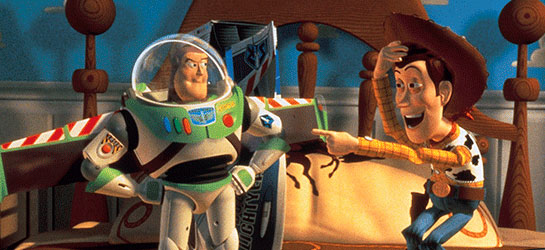
Toy Story was released 25 years ago in the USA, and the news has taken us right back to our childhoods.
Disney-Pixar's pioneering masterpiece was the world's first feature-length CGI animation. But aside from its technological breakthroughs, the movie resonated because of its old-fashioned, heartfelt storytelling, prioritising a chalk and cheese friendship that would power three more movies in the Toy Story series.
We are, of course, talking about Tom Hanks' drawling cowboy Woody and Tim Allen's spaceman Buzz Lightyear, two of the greatest characters ever devised by the minds at Pixar. These bickering heroes are at the heart of the remarkably imaginative Toy Story, which posts an irresistible question: what would happen if your toys could come to life?
It was a fabulous conceit that catapulted Pixar to international success and opened our eyes to new realms of storytelling. So, to celebrate this anniversary milestone, join us as we present 25 fun facts about the making of Toy Story.
1. Toy Story creators Pixar Animation Studios, later to become a subsidiary of Disney, began life as The Graphics Group, a part of the Computer Division within George Lucas's LucasFilm company.
2. One of their early success stories was their rendering of the CGI stained-glass knight in 1985 adventure Young Sherlock Holmes.
3. In 1986, the studio was sold off by Lucasfilm and purchased by Steve Jobs, eventually rebranding as Pixar Animation Studios.
4. They began releasing their first Pixar short films including the Oscar-nominated Luxo Jr. (1986), which introduced audiences to the moveable lamp that eventually became the company's logo, and the Oscar-winning Tin Toy (1988).
5. In the early 1990s Pixar was suffering multiple layoffs, so they made a historic $26 million deal with Disney to produce three CGI animated feature films, the first of which was Toy Story.
6. The movie was directed by John Lasseter, the former creative head of Pixar, and co-written by Joss Whedon (later of Buffy and Avengers fame) who contributed the famous line: "You are a sad, strange little man, and you have my pity."
7. In the words of eventual Woody actor Tom Hanks, the character was initially conceived as "a jerk".
8. Multiple script and character changes were ongoing throughout the production, including the transformation of Buzz Lightyear (voiced by Tim Allen) from a military figure to a space ranger.
9. The Walt Disney Feature Animation team was put in charge of the film's conceptual look, placating nervous studio heads as to the daring notion of a feature-length CGI animated movie.
10. The movie's budget was initially set at $17 million, but following an intervention by Steve Jobs and then-Pixar president Ed Catmul, a compromise was reached and the budget rose to $30 million, allowing Lasseter and his team to realise their creative aspirations.
11. Lasseter said of the challenges facing the animators: "We had to make things look more organic. Every leaf and blade of grass had to be created. We had to give the world a sense of history. So the doors are banged up, the floors have scuffs".
12. The character of Woody alone required 723 motion controls, including 212 for his face and 58 for his mouth.
13. The first piece of animation, a 30-second test, was delivered to Disney in June 1992, Lasseter aiming to demonstrate the capabilities of CGI animation over a traditional hand-drawn approach.
14. Having always favoured Hanks for the role of Woody, Lasseter decided to animate a pre-existing monologue from 1988 Hanks movie Turner and Hooch, working the animation test around the vocals to give an idea of how the character would turn out.
15. The likes of Jim Carrey and Billy Crystal were considered for the part of Buzz before Tim Allen clinched it. (Crystal would later voice Mike in Pixar's Monsters, Inc.)
16. In fact, Pixar's Peter Docter, who would later hit Oscar-winning success with the acclaimed Inside Out, voiced Buzz in the early treatments before Allen signed on.
17. 300 computers were used to render the final movie, requiring 800,000 machine hours and 114,240 frames of animation in total.
18. Lasseter was adamant that the movie not be a musical, and co-writer Whedon agreed, believing the film to be a buddy movie, first and foremost.
19. Disney agreed to a compromise in that no characters would sing the songs directly, but non-diegetic tunes and score from Randy Newman would instead be incorporated throughout the movie.
20. Lasseter said of Newman's music: "His songs are touching, witty, and satirical, and he would deliver the emotional underpinning for every scene".
21. Pixar's first feature film was released in the USA on 22nd November 1995, following its premiere at the Los Angeles El Capitan Theatre.
22. Following rave critical responses, Toy Story went on to gross $373 million at the global box office, an indication of how much audiences had warmed to the concept.
23. John Lasseter was awarded a Special Achievement Oscar for "the development and inspired application of techniques that have made possible the first feature-length computer-animated film".
24. The Pixar Theory Timeline speculates that all the Pixar movies exist within the same universe, with Toy Story appearing several times in said timeline.
25. Pete Docter expressed shock that Toy Story was as successful as it was, telling The Independent: "It felt as if we were just doing it for fun and I was really shocked when friends of mine called me and said, ‘I saw the film [Toy Story] and loved it.'"
Is Toy Story your favourite Disney-Pixar movie of all time? Join in our celebration of the movie's anniversary by tweeting @Cineworld.
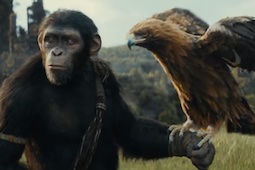
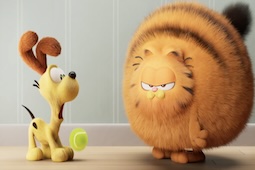
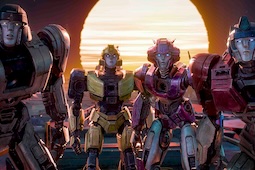
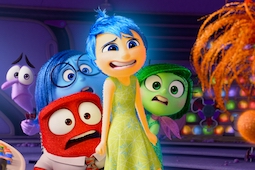
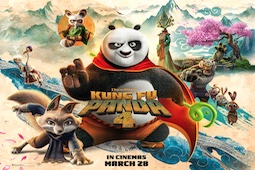
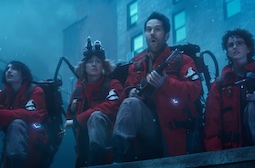
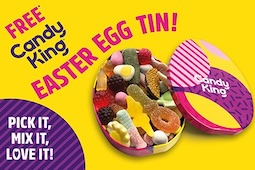
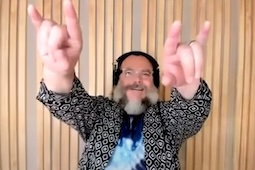
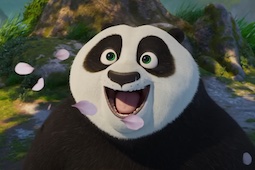
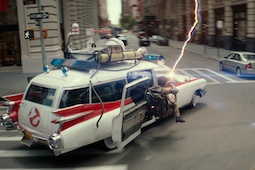
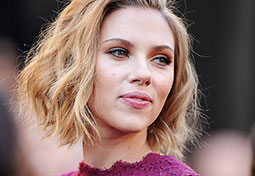
.jpg)
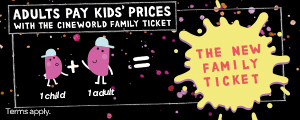
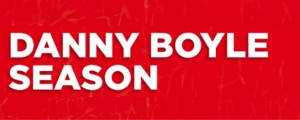
.jpg)
.png)






